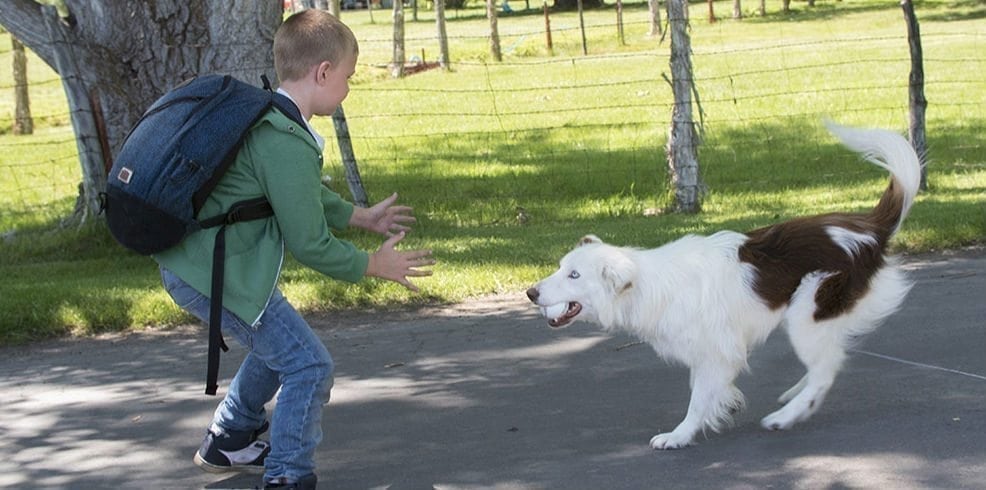Special effects are no longer relegated to those few big-budget shots. VFX are now so omnipresent in film that most audiences don’t even notice them. We recently got the chance to discuss how exactly this is the case with Rob Field, the VFX artist behind The Stray, which premieres this weekend.
Innovation & Tech Today: You’ve been working in the visual effects industry for a while now. How would you describe your particular work for The Stray, and has this film been impacted by recent changes in the VFX industry.
Rob Field: So I’ve been doing VFX since 2004 – was an animation major in college and ended up doing visual effects instead of animation. I just find it more fun. I’ve found kind of a niche doing mostly independent films. I think that’s a lot of fun; it gives you the opportunity to do more stuff yourself and to be involved in way more stages in the visual effects production pipeline than working for a studio, which are kind of assembly lines.
[youtube https://www.youtube.com/watch?v=HYzRFqY7MNE]
You know, they do amazing stuff at big studios, but the way they do it is they’ll have a lot of guys, just a huge number of guys, and every one of them specializes in one particular thing, you know. It’s almost like a Ford plant. Like, you do lighting for hair.
I had a buddy who graduated college ahead of me, and that’s what he did for several years. He didn’t make the hair; he didn’t simulate the hair; he did lighting. I mean, he didn’t even render the hair; he did lighting for the hair. He worked on cool movies doing that, but, when you’re doing the smaller stuff – independent films – there’s no budget. There’s no staff for that kind of thing. You do everything, so you might be doing a crowd simulation on a crowd of zombies on one film, and then the next film you’ll be doing a CG dragon or something, and the next film be doing who knows what. So, I think that’s a lot of fun.
The Stray, I’d say, is pretty typical of the VFX of most independent films in that the majority of the visual effects in the film are not the things that anyone would notice are visual effects shots. I’d say that’s pretty common nowadays. I mean, there’s the obvious shots when you watch a film – in this one there’s a guy getting struck by lightning, and there’s that kind of stuff. I think anybody who watches that will realize that probably wasn’t filmed. Most of the shots in the film – most independent films and most any film honestly nowadays – most of the work is actually fixing things that didn’t go right on set. The dog didn’t do what they needed it to do, and so it’s redoing the dog’s performance or replacing skies to make things more beautiful.
I think there was… I believe it was something like 68 shots on the film; probably 4 of which anybody would actually notice.
I&T Today: What would you say is particularly challenging about working on the visual effects for a project that’s maybe a little more low-key in that department?
RF: Well it’s interesting. That’s a good question. It’s totally different. One of the things that I mentioned is initially the fact that a studio like us… we’re almost like a custom car shop, you know? If we go back to that analogy I used earlier of most visual effects studios, major studios especially, as being like a Ford factory. They make unbelievably incredible stuff. And the way they do that is by having a huge number of guys, every one of whom is an absolute expert who’s focused his or her career, on doing one particular thing, you know?
Obviously when you go down to an independent film, the budget for the whole film would be, you know, a shot or a sequence budget on a major film. And yet the trouble is they’re competing in the same marketplace. When this film comes out, the same viewers that just watched Wonder Woman or whatever are going to watch this film, and I suppose there’s some appreciation for the fact that this is not even in the same ballpark as far as production resources, but the fact of the matter is that’s not how people view things. They don’t watch films with different expectations. They watch the film and so they’re expecting it to look adequate.
I&T Today: There’s no mercy.
RF: Yeah, exactly. There’s no mercy. And so, somehow you’ve got to develop a pipeline. You’ve got to develop the ability to do stuff that is on a smaller scale but that looks every bit as good as what people are expecting to see. So, our studio, we’ve been doing largely that…I’m working on a shot right now while talking to you guys.
I&T Today: Oh wow.
RF: It’s a different experience, and, honestly, I think it’s a lot of fun. I don’t think I could handle working the other way. I enjoy doing this; I enjoy the challenge of figuring out from one shot to the next, just how on earth you’re going to get it done.
The Stray premieres on Oct. 6th in theaters nationwide.










